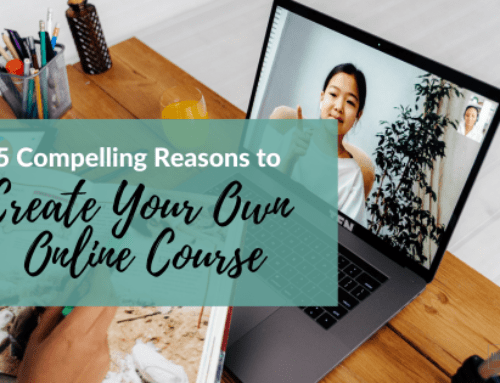Your social media presence and your website should work together to get you maximum leverage for the minimum price. Making this happen requires strategy. With that in mind, here are some tips on how best to make your website work with your social media (and vice versa).

Make sure your website is easy to use
If you want your website to impress visitors, it needs to satisfy four key points:
- Mobile-friendliness
- Ability to support voice-search
- Easy navigation
- Fast page-load speeds.
The first three of these points are down to your web design. The last is mostly down to your hosting so choose both your provider and your package with care. If you want ultimate control then a VPS is usually your best option. If, however, you don’t have the technical skills to manage this then invest in a managed-hosting package with plenty of support.
Mirror your content
If somebody has shown an interest in your social media content, then there’s a decent chance that they’ll want to see more of the same on your website and vice versa.
For example, if somebody follows you on Instagram then the chances are that they like images and/or short videos. It’s, therefore, a good idea to start by serving them more of what they’re used to. Then see if you can guide them to other content.
To be clear, in this context “mirroring content” does not mean having the exact same content on both your social media and your website. It means having the same style of content so that visitors are greeted with something new but familiar.
Implement social-share buttons appropriately
The easier you make it for someone to do what you want, the more likely it is that they’ll do it. Putting a whole array of social-share buttons beside every piece of content on your website can lead to confusion and “analysis paralysis”. Instead, figure out which platform is most appropriate for which piece of content and put a social-share button for that.
Taking this approach not only makes life easier for your visitor. It also forces you to think about optimizing your content for your chosen social media platform(s). This is important because optimized content stands the best chance of both organic promotion and social shares.
Be judicious with your backlinks
Social media platforms generally strongly favour content designed to be consumed natively on their platform. They are much more likely to promote this than to promote content that looks like it’s intended to divert traffic to another site. There’s no point in fighting this so you need to work with it.
Whenever you create content, decide if you’re going for organic promotion or paid promotion. If you’re going for a mixture of both, that counts as organic promotion. Whenever you’re going for organic promotion, keep backlinks out of your post.
Instead, just reference your website and give viewers a reason to visit it. The main social media platforms allow you to link a website in your profile. You can also include it in other ways such as by putting it on images and/or in videos. Keep backlinks for when you are prepared to pay for promotion.






